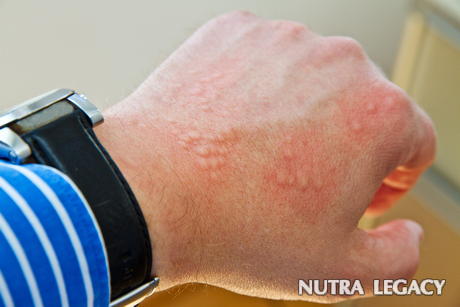Comprehensive Guide How to Treat Skin Burns at Home

- Before you turn to any treatment for a burn, you must first determine the cause of the burn and its severity
- Skin burns are extremely common and are usually caused from a variety of things such as hot water in the kitchen or hot oil on the stove
Skin burns are a common home accident, but many people do not know how to treat them effectively or when to seek additional medical attention. Before you can determine the proper treatment for skin burns, you need to determine the cause of the burn and its severity. Then you can determine the best way to proceed.
The Cause & Severity of the Burn
The vast majority of burns at home begin in the kitchen or bathroom. Very hot water, splashes of hot oil or cooking sauces, or even direct contact with cooking flames or hot cookware can cause very serious burns. In some cases, burns are the result of small fires, possibly from smoking. However, burns from chemicals or from electricity can also occur. The latter types of burns need to be treated differently than the former as we will discuss later in the article.
After you’ve established the cause, you need to determine how severe the burn is. First degree burns are usually red and swollen. They can be painful, but the skin isn’t showing any signs of blistering. Second degree burns, on the other hand, are going to produce blisters. The skin will show signs of swelling and will be a brighter color. In most cases, the skin will have a wet appearance. Pain associated with second degree burns is usually intense.
The most severe burns are called third degree. They often produce no pain because the burn has destroyed the nerve endings that send pain signals to the brain. The skin is going to be discolored and can appear white to the color of charred meat. Unlike a second degree burn, the skin is dry in appearance.
Skin Burn Treatment
With first degree burns and small second degree burns (smaller than 3 inches in diameter), your first task is to remove any clothing from the burned area. Then run cool water over the area. While you may be tempted to apply ice to the area for the numbing affect, this is not a good idea. For one, the ice can delay healing and can make the pain worse. For another, the ice could cause frostbite on the area. Clean the burned area gently and wrap loosely in gauze. Any over-the-counter pain medication will help take the edge off the pain which may last for a day or two.
You definitely do not want to apply any type of butter (a common old wives’ remedy) to the burn or break the blisters if they do form. Both of these actions can lead to infections.
If you have a more serious burn, you need to contact emergency medical help immediately. Follow the steps for a minor burn in the meantime, although you may want to avoid taking anything for the pain. The medical personnel will provide you with pain relief once you reach the hospital for treatment.
Chemical & Electrical Burns
Both of these types of burns should be treated as severe burns. Both can be washed with large amounts of cool water, but be careful not to touch the person (escpecially if electrical burn) as long as they are near the source of the burn. Also, do not apply any types of chemicals, ointments, or anything else to a chemical burn because of the potential for a serious chemical reaction.
The information supplied in this article is not to be considered as medical advice and is for educational purposes only.
One Response to “Comprehensive Guide How to Treat Skin Burns at Home” | ||||||||||||||





 22 Jan 2009
22 Jan 2009
Everyone should have a copy of this hanging up in their kitchen or bathroom at home. This is need to know information and it could mean the difference between a scar and no scar.January 22nd, 2009 at 4:29 pm